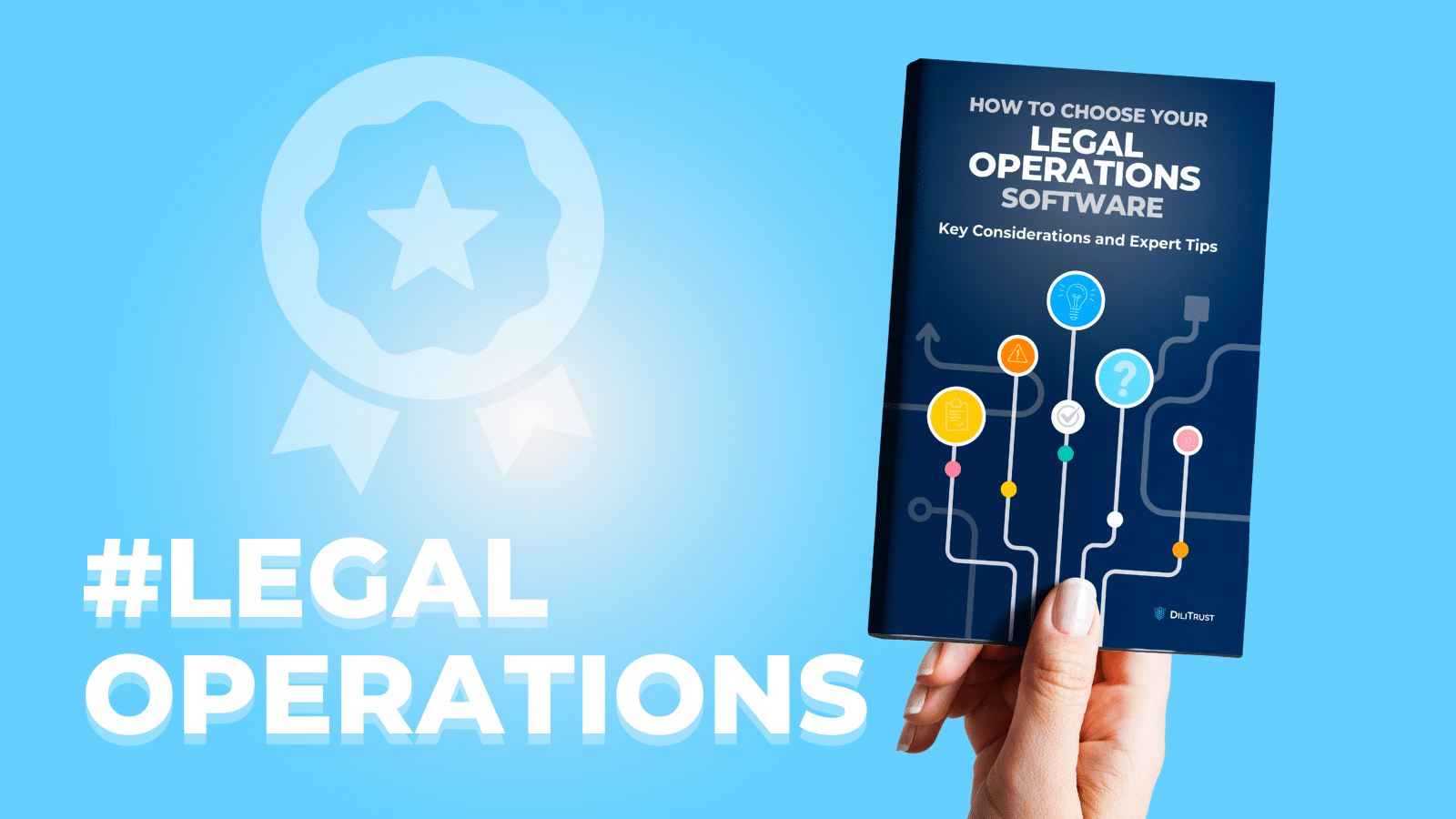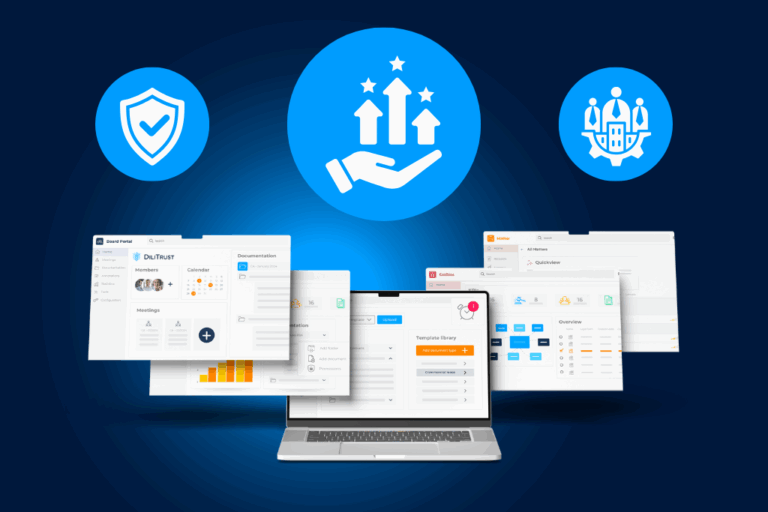Regulatory compliance forms the backbone of sound corporate governance, establishing a framework through which organizations protect themselves, their stakeholders, and their reputation. As regulatory landscapes evolve across industries, businesses face increasing pressure to meet complex requirements while maintaining operational efficiency. This article explores the importance of regulatory compliance in corporate governance, strategies for adapting to changing regulations, and how specialized tools support compliance management.
Why Regulatory Compliance Is Key for Corporate Governance
Regulatory compliance involves adhering to laws, regulations, and standards applicable to an organization’s operations. For companies, compliance extends beyond legal obligation — it represents a commitment to ethical practices and responsible management.
Organizations which prioritize regulatory compliance experience several benefits:
The regulatory landscape includes numerous requirements depending on industry and location. For example, financial institutions must comply with regulations like the Dodd-Frank Act, while healthcare organizations adhere to the Health Insurance Portability and Accountability Act (HIPAA). Similarly, businesses handling consumer information must follow data protection regulations such as the General Data Protection Regulation (GDPR).
Non-compliance carries significant consequences, including:
According to industry reports, organizations with robust compliance programs experience fewer regulatory incidents and recover more quickly when issues arise.
How to Stay Compliant to Changing Regulations
Maintaining compliance requires proactive management, especially as regulations evolve. Organizations need structured approaches to monitor changes and implement necessary adjustments.
Establish a Compliance Framework
A comprehensive compliance framework serves as the foundation for regulatory adherence. This framework should:
Invest in Employee Training
Employees play a crucial role in maintaining compliance. Regular training ensures team members understand:
Training should occur during onboarding and continue through regular refresher sessions, particularly following regulatory changes.
Monitor Regulatory Developments
Staying informed about regulatory changes requires dedicated resources. Organizations should:
Conduct Regular Audits
Periodic audits help identify compliance gaps before they become problems. These reviews should:
Using the Right Tools to Track Compliance
Technology plays an essential role in modern compliance management, providing solutions which streamline processes and enhance oversight.
Centralized Compliance
Management Systems Integrated platforms offer comprehensive compliance management capabilities, including:
These systems provide a single source of truth for compliance information, reducing fragmentation and improving accessibility.
Data Security and Protection Tools
Given the importance of data security in regulatory compliance, organizations need robust protection measures:
Governance Solutions
Specialized governance platforms support compliance management through:
Entity management tools like the DiliTrust Governance Suite exemplifies this approach, offering an integrated platform which addresses multiple compliance needs through its secure, centralized system.
Reporting and Analytics
Advanced reporting tools transform compliance data into actionable insights:
Taking Action on Regulatory Compliance
Regulatory compliance requires ongoing attention and resources, but the investment yields significant returns through risk reduction and operational improvement. Organizations should:
By approaching regulatory compliance as a strategic priority rather than a necessary burden, organizations transform compliance activities into business advantages which support growth and sustainability. For organizations seeking to enhance their compliance capabilities, exploring integrated governance solutions provides a practical next step toward more efficient and effective regulatory management.
Want to learn more about DiliTrust’s Governance Suite?


